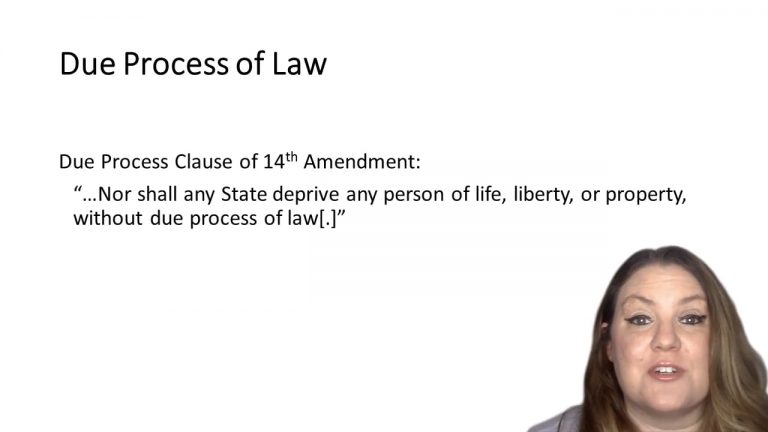SmartBrief
Confirm favorite deletion?
Constitutional Law Keyed to Chemerinsky
Hamdi v. Rumsfeld
Citation:
542 U.S. 507 (2004)Facts
In response to the al Qaeda terrorist’s hijacking of airliners to attack the U.S in 2001, Congress passed a resolution authorizing the President to “use all necessary and appropriate force against those nations” or organizations, he determines aided the terrorist attacks. The President then ordered U.S Armed Forces to subdue al Qaeda and quell the Taliban regime in Afghanistan. Yaser Esam Hamdi, born an American citizen, but resided in Afghanistan was captured and turned over to the U.S military. The Government alleges that he aided the Taliban during the conflict and Hamdi, that he is an “enemy combatant” and that this status justifies holding him in the U.S indefinitely without formal charges or proceedings. The Government argues that no explicit congressional authorization is needed, because the Executive possesses plenary power to detain under Article II of the Constitution.
Only StudyBuddy Pro offers the complete Case Brief Anatomy*
Access the most important case brief elements for optimal case understanding.
*Case Brief Anatomy includes: Brief Prologue, Complete Case Brief, Brief Epilogue
- The Brief Prologue provides necessary case brief introductory information and includes:
Topic:
Identifies the topic of law and where this case fits within your course outline.Parties:
Identifies the cast of characters involved in the case.Procedural Posture & History:
Shares the case history with how lower courts have ruled on the matter.Case Key Terms, Acts, Doctrines, etc.:
A case specific Legal Term Dictionary.Case Doctrines, Acts, Statutes, Amendments and Treatises:
Identifies and Defines Legal Authority used in this case.
- The Case Brief is the complete case summarized and authored in the traditional Law School I.R.A.C. format. The Pro case brief includes:
Brief Facts:
A Synopsis of the Facts of the case.Rule of Law:
Identifies the Legal Principle the Court used in deciding the case.Facts:
What are the factual circumstances that gave rise to the civil or criminal case? What is the relationship of the Parties that are involved in the case.Issue(s):
Lists the Questions of Law that are raised by the Facts of the case.Holding:
Shares the Court's answer to the legal questions raised in the issue.Concurring / Dissenting Opinions:
Includes valuable concurring or dissenting opinions and their key points.Reasoning and Analysis:
Identifies the chain of argument(s) which led the judges to rule as they did.
- The Brief Prologue closes the case brief with important forward-looking discussion and includes:
Policy:
Identifies the Policy if any that has been established by the case.Court Direction:
Shares where the Court went from here for this case.

 2m 6s
2m 6s